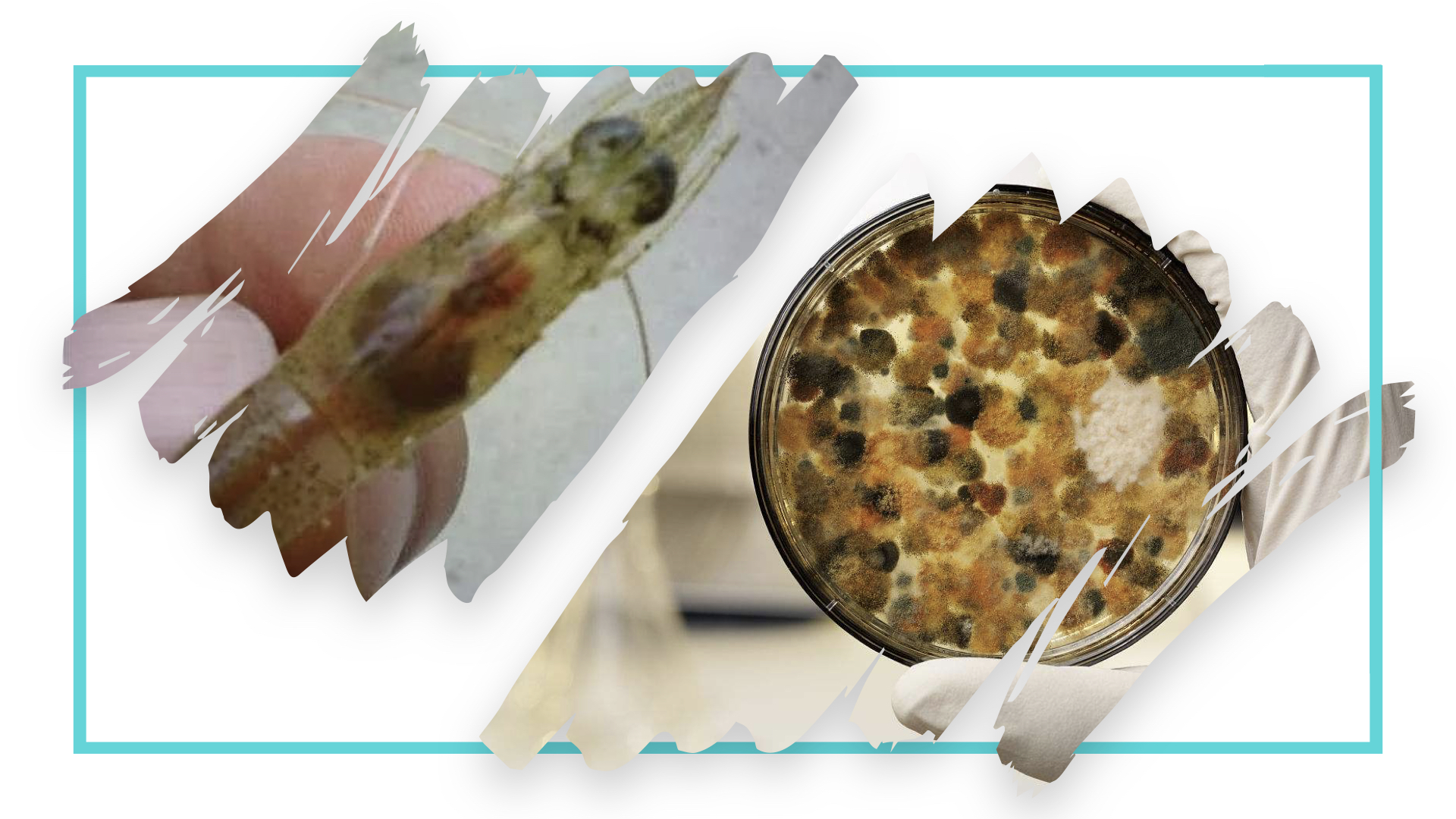The Damage of Mycotoxin to Aquaculture

Mycotoxins are a kind of toxic which produced by the metabolismof molds, which can damage the liver, kidneys, nerve tissues, hematopoietictissues and skin tissues of the body, and have acute or chronic toxicity tohumans and animals.
1. Source of mycotoxins
Mold is a kind of fungal microorganism that is very tenacious invitality and fertility. It favors a warm and humid environment. It willmultiply in a proper environment and is ubiquitous in our life and production.Summer is the fastest growing period for cultured fish, and the hightemperature and high humidity in summer is also an excellent condition forrapid reproduction of mold. In aquaculture, improper storage or long-termstorage of feed, feed ingredients, and medicinal materials can cause mycotoxinsto grow. Many times, although the surface of the feed, feed ingredients orherbs has not been moldy, the mycotoxin is contaminated, it is difficult to fundamentally control.
2. The damage of mycotoxins to aquatic animals is mostly implicit
The damage caused by accumulation to a certain extent is irreversible; especially the damage of mycotoxin to the immune system of aquatic animals isserious, which makes it easy for breeding animals to develop othersecondary diseases. And the damagecaused by this disease often comes quickly and embarrassingly.
3. The harm of mycotoxins to shrimps are mainly as bellows:
Direct damage to shrimp hepatopancreas, resulting in the loss of immune systemfunction for shrimps; then, hepatopancreas necrosis of shrimps will cause EMS, slow growth, poor body color, prone to occur stress, soft shells, etc.; Inaddition, mycotoxins also cause damage to the digestive tract of shrimps,causing empty intestine and stomach, red intestine red stomach, secondaryinfection to form enteritis, white feces and so on.
In shrimp farming, it is difficult to avoid the harm ofmycotoxins at all, and only through some measures to minimize the harm toaquatic animals.
1. Strengthen management during the breeding process. Don’t store too much feed, once open the bag, the medicine or feed shall be used upin time, and the moldy feed will not be used. The mixing tools used in the culture are cleaned in time.
2. Protect hepatopancreas and intestines. The liver is the detoxification center and immune control center of the shrimp. The most important organ that caused by the damage of mycotoxins is also the liver. Therefore, improving the detoxification function of the hepatopancreas of the shrimp to fight against mycotoxins is the most important measure to reduce therisk of mycotoxins. Intestinal protection is also important for reducing the harm of mycotoxins. It enhances intestinal function, repairs intestinal mucosa, and allows the intestinal tract to excrete the mycotoxin absorbed into it, reducing the accumulation of mycotoxins in the body and reducing damage to the intestines.
Bile acids is an endogenous active substance secreted by theanimal. It stimulates the liver to secrete a large amount of thin bile, andexcretes toxins, metabolic wastes and some metal ions in the feed through the liver-intestinal circulation, to smooth biliary tract, reduce liver pressureand protect liver health. Adding 1000g of bile acids per ton during shrimp feeding can fundamentally protect the hepotapancreas of shrimp.
Mycotoxins are ubiquitous, and the prevention of mycotoxins must be a delicate and long-term process. Do not wait until the mycotoxins accumulate in the body to a considerable extent, causing serious damage to thebody before realizing the harm of mycotoxins. Well protecting the liver and the intestines, clearing the toxins in the shrimps in time, and minimizing the amount of mycotoxins in the body are the fundamental way to reduce the harm of mycotoxins.








